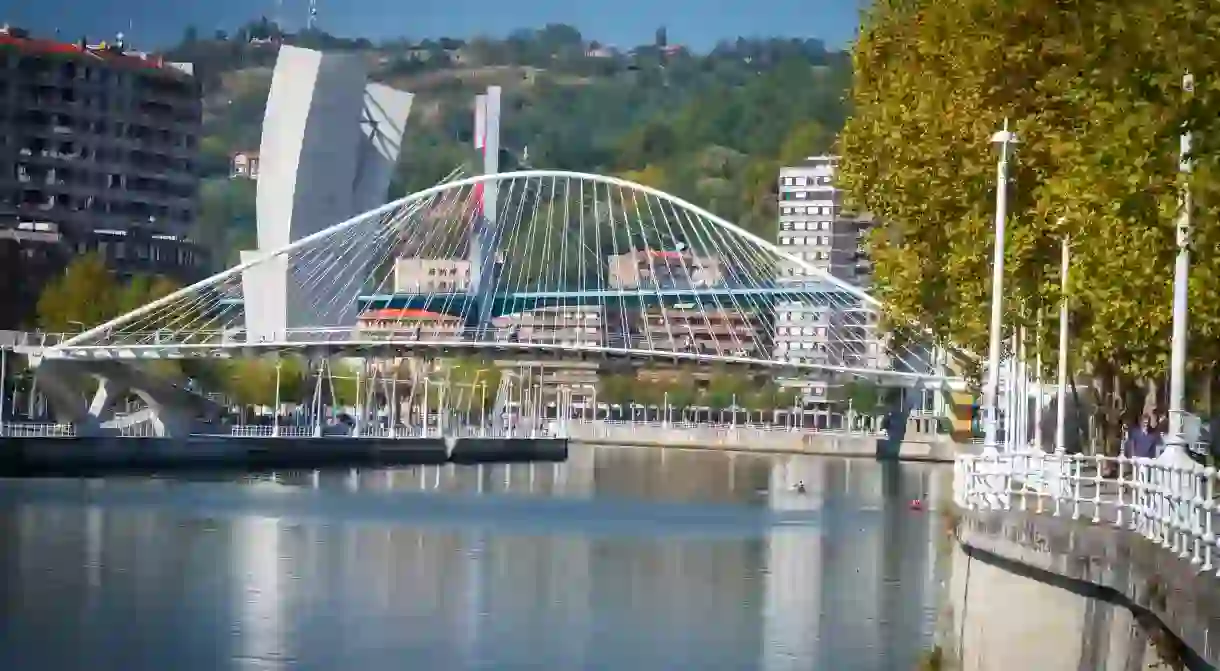Everything You Need to Know About Bilbao's Semana Grande Festival

Semana Grande or Aste Naguisa, is one of the most anticipated events on the Bilbao calendar and one of the Basque Country‘s most important events. Here’s everything you need to know about the festival, from when it happens, to its origins and what’s involved. Did you know – Culture Trip now does bookable, small-group trips? Pick from authentic, immersive Epic Trips, compact and action-packed Mini Trips and sparkling, expansive Sailing Trips.
When does it happen?
Semana Grande, also known as Aste Nagusia (meaning ‘Big Week’), is Bilbao’s biggest festival and is a nine-day event which occurs in the month of August. This year it will be held from the 19th to the 27th of August 2017.
What’s it all about?

Semana Grande honours the Virgen de Begoña and is also a celebration of Basque culture, it comprises a whole host of events from street concerts and fireworks to parades, as well as traditional Basque dances and rural sport competitions. The festival begins on a Saturday with the bang of the txupinazo rocket, after which the mascot of the festival, a puppet-like figure called Marijaia, appears on the balcony of the Arriaga Theatre. She is always shown with her hands in the air, ready to party.
The festival continues during the week with concerts, bullfights, theatrical programs, gastronomic competitions, children’s workshops, and a giant egg and flour food fight through the streets. Basque culture is of course a big part of the festival, which includes Basque folk music and dancing, as well as rural sporting competitions such as wood chopping and stone lifting. An iconic part of the festivities are the huge Gargantúa monsters, who parade through the streets swallowing children (who then ride on a giant slide through their body and come out at the tail). Nightly firework competitions are also held, and are an important part of the festivities.
What are its origins?

Semana Grande began in the early 1970s with a series of paid-for events such as theatre productions, opera and bullfights, as well as a few Basque cultural offerings. Then in 1973, Spain’s biggest department store, El Corte Inglés decided to organise a Basque Rural Sports Week, a free program of competitions such as stone lifting (harrijasotze), wood chopping (aizkora) and tug-of-war (sokatira).
Finally, in 1978 all these various events were brought together for one big festival in the first Semana Grande or Aste Nagusia. A week before the event, the artist Mari Puri Herrero was commissioned to create a symbol of the festival, and this is how the puppet Marijaia was born.
The culmination of Semana Grande
Semana Grande ends on the 9th day when the Marijaia puppet is burnt in front of a huge crowd. She will be recreated next year, ready to party again.













